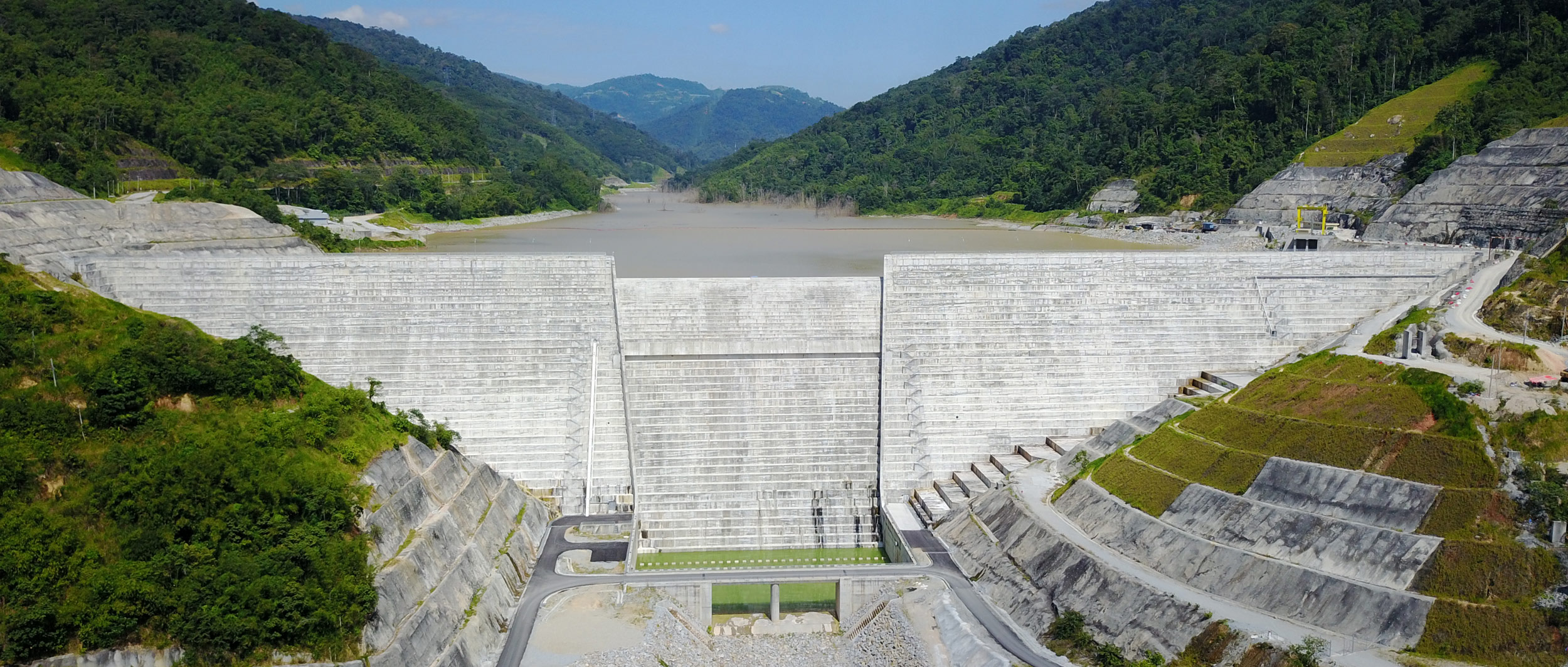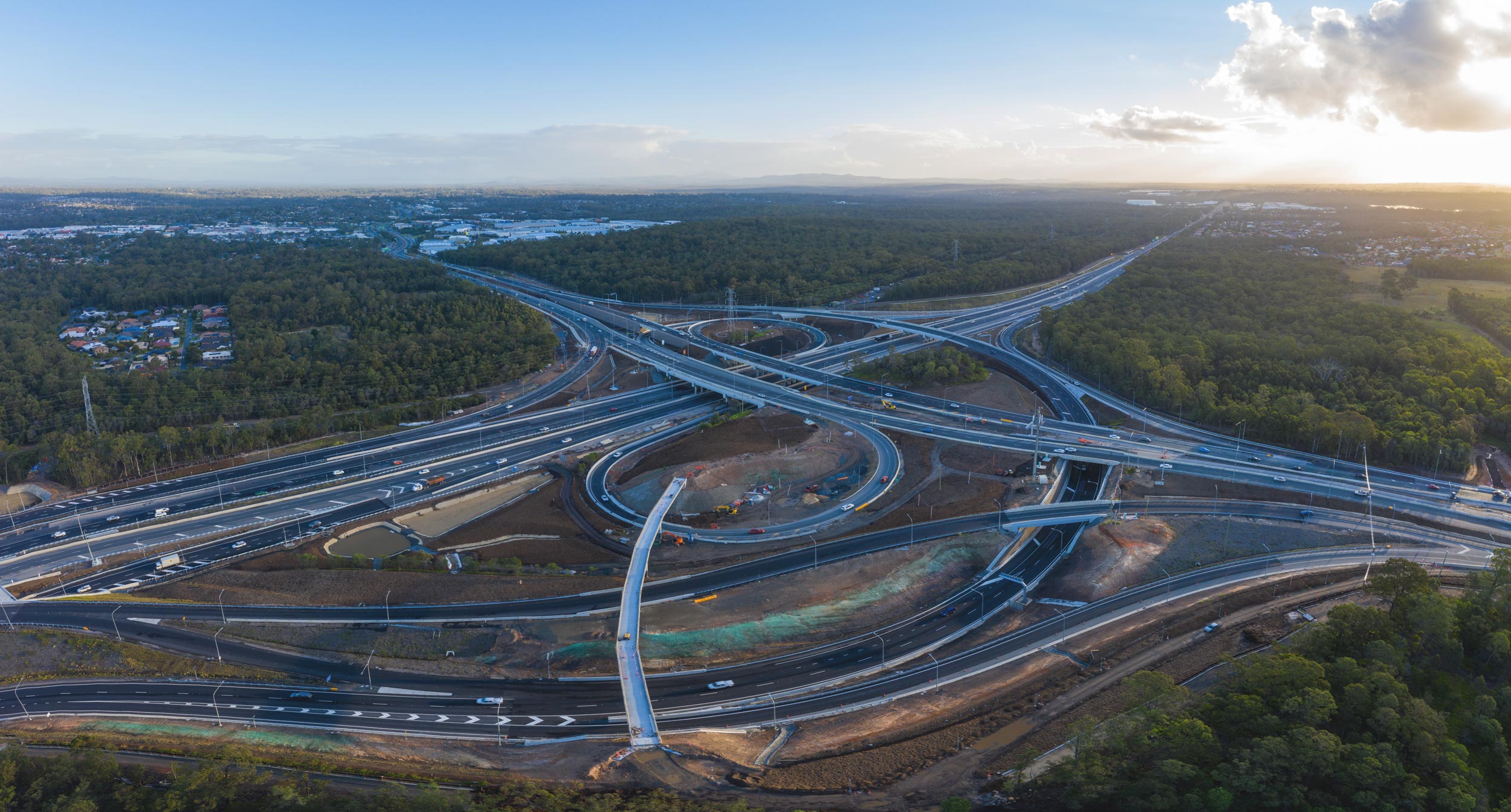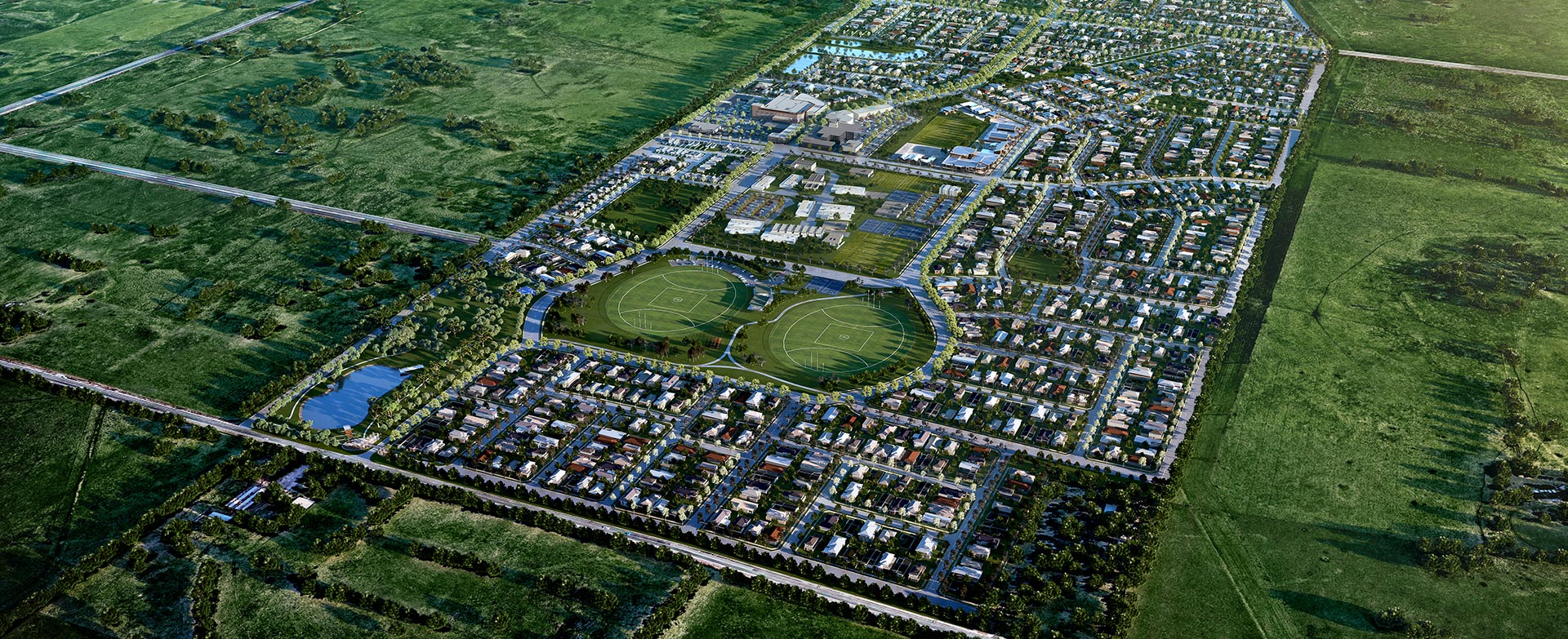
Past impacts inform the future of urban design
Before looking to the future, we can also take time to learn from past achievements. A seminal moment for urban design came in 1992 when the first smart block was introduced in Victoria, Australia by the Urban Land Authority, now known as Development Victoria. Reduced in size, these smart blocks were orientated towards achieving solar efficiency. Development Victoria has championed simple but effective design practices, including smaller lot sizes, the provision of public spaces in urban designs, and permeable layouts which are pedestrian and cyclist friendly.
It is now ‘par for the course’ for modern developments to offer lifestyle options, where each phase of the development integrates community facilities, activity centres, open space and public transport.
Effective public transport requires high-density living where regular commuters reside near transport hubs.
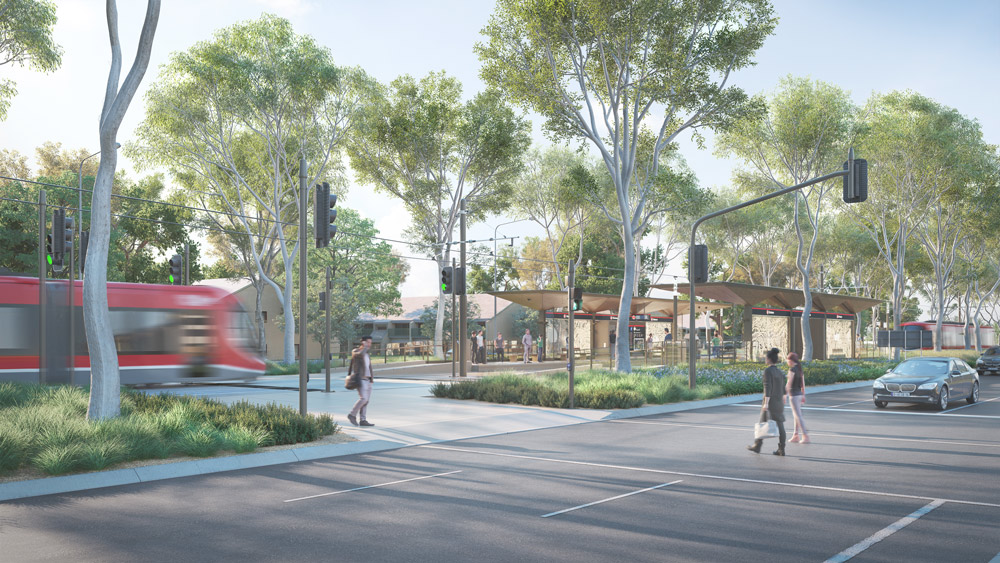 Transport challenges and the 30-minute city
Transport challenges and the 30-minute city
Private transport is creating problems. It is clogging our arterial roads and freeways, limiting parking options and causing commuter headaches. The onset of autonomous vehicles and Mobility as a Service (MaaS) will go some way to help alleviate pressure, but we must also focus on developing fast, punctual and reliable public transport that is affordable for all. Effective public transport requires high-density living where regular commuters reside near transport hubs.
Urban planners, alongside local and regional governments, must now focus on developing cities where the daily urban commute is less than 30 minutes. As outlined in a recent report SMEC delivered in South East Queensland, the 30-minute city concept can significantly improve quality of life for individuals and the communities they reside in.
Preparing for a smarter future
As more and more people choose to move to cities, and with enormous growth predicted in all of Australia’s major hubs, there is an increasing need to revitalise urban areas and brownfield sites. We are already delivering estates and precincts where new technologies are integrated and provided. But for a truly integrated and strategic approach to the delivery of Smart Cities, local and state governments must own and champion the implementation of new technologies.
This is because Smart City technologies rely on a planner’s ability to design with the end goal in mind by analysing and collating data from four key areas of security, efficiency, sustainability and community.
Smart Cities should therefore have a holistic view connecting a range of sensors, external data streams and devices. When this is effectively mastered and centralised, it enables automated actions based on real-time monitoring, pre-defined business rules and workflows. SMEC’s parent company, Surbana Jurong, has developed a Smart Cities integrated solution platform dubbed “Smart City in a Box” which gels various solutions together. This is being used in Singapore and being rolled out to cities in Africa and China.
Attracting engineering talent is a key driver of success
There is a shortage of engineers right now and we must invest in people and resources to meet changing and evolving standards.
In the future, I expect that design offices will be established throughout Asia and the sub-continent but would need to be managed by expert engineers with strong local experience. They will call on a reliable network of expert contractors who are trained and accredited to undertake compliant and exceptional designs. When it comes to project management, construction supervision and contract administration, I feel that regardless of technological advancements, these will always, to some extent, need to be undertaken by experienced, on-the-ground professionals.
In short, no technology can reach its full potential without the contribution of people. It is people like SMEC’s urban developers and engineers who design smart communities, and people like you and me who use the technology-enabled within the Smart Cities of the future.
Related
insights
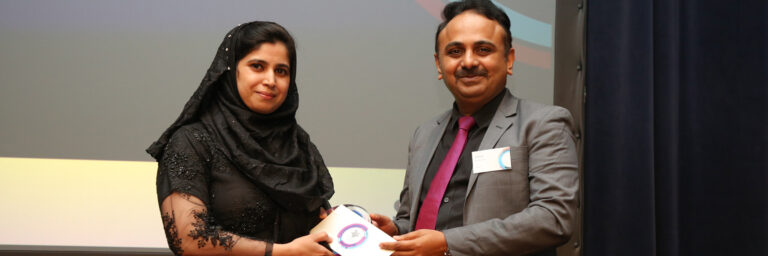 "Break down the barriers through the quality of your contribution"
"Break down the barriers through the quality of your contribution"
SMEC Senior Programmer Mobina Zafar was named Young Female Professional of the Year at the Surbana Jurong (SJ) International Awards held in Brisbane, Australia in December 2018.
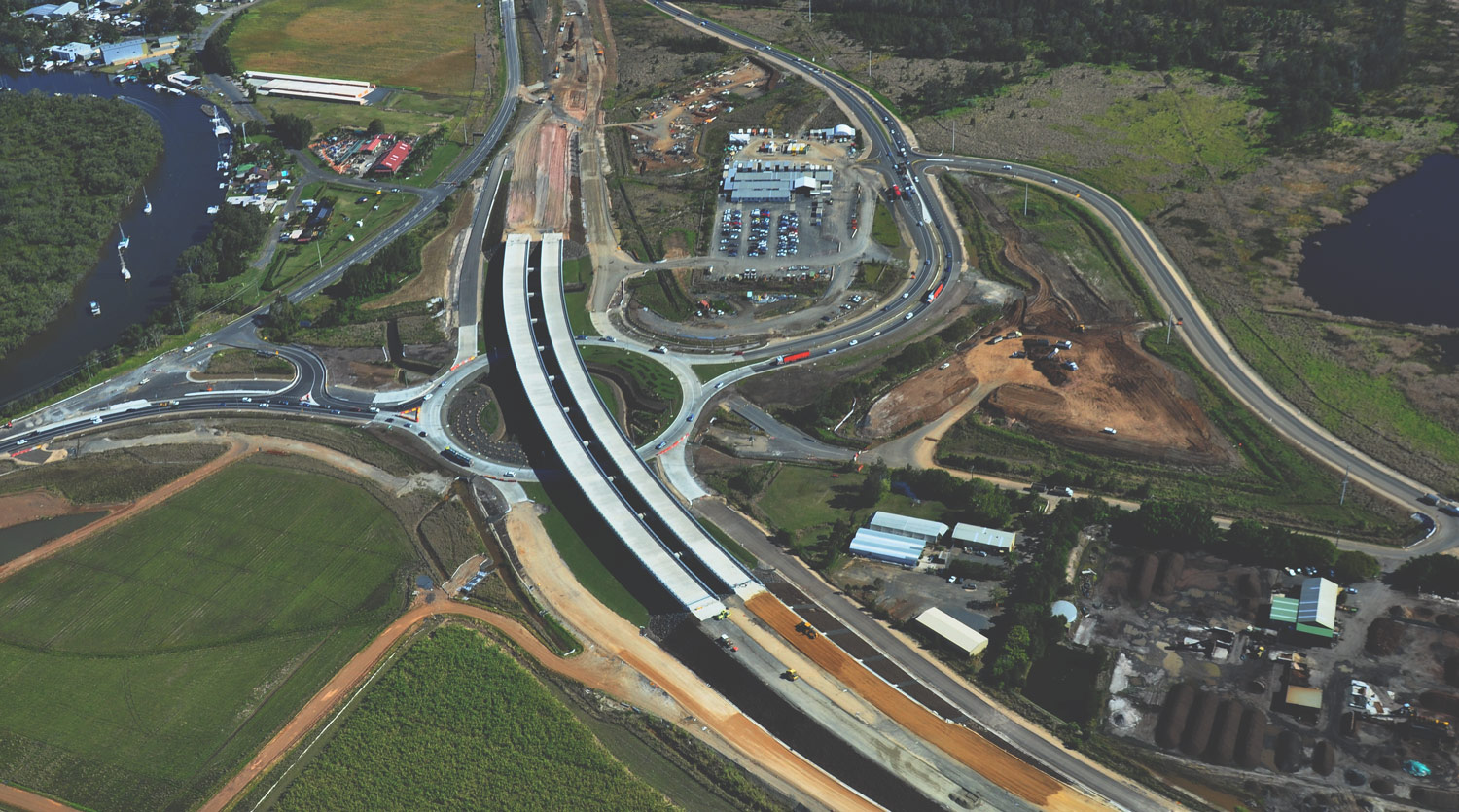 Building more climate-resilient infrastructure on soft soils
Building more climate-resilient infrastructure on soft soils
SMEC’s Dr Richard Kelly, Chief Technical Principal – Geotechnical Engineering, has contributed to industry-leading research and innovation in the field of soft soil engineering.





